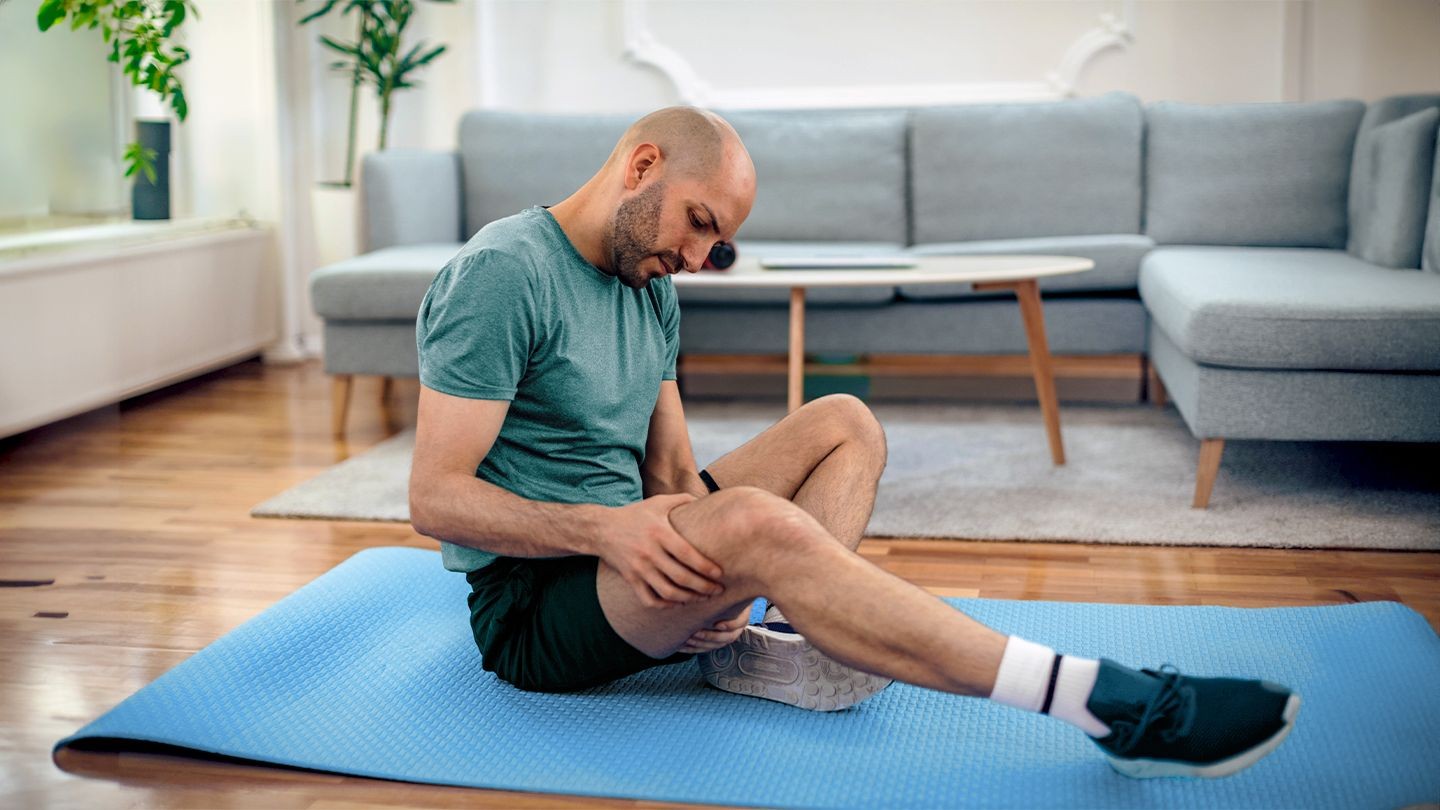We all know exercise can lead to weight loss, muscle gain, and a general sense of well-being. But sometimes that journey comes with an unexpected side effect: noticeably bigger thighs. This might seem counterintuitive, especially if you’re aiming for a slimmer physique. So what’s going on when your legs start packing on size despite hitting the gym?
The primary culprit behind those potentially unwelcome curves is muscle hypertrophy – the scientific term for muscle growth. When you engage in intense workouts, particularly strength training that targets muscles like quads and hamstrings, your body responds by repairing and rebuilding these fibers, making them larger and stronger. Think of it as a natural response to the stress placed on your muscles during exercise.
However, this increased muscle mass isn’t always immediately apparent if you’re also losing fat simultaneously. As you progress in your fitness journey, your body adjusts to the workout intensity, leading to a plateau where fat loss slows down. This combination – the continued growth of muscle coupled with slower fat reduction – can create the illusion of thicker thighs.
Beyond Muscle: Understanding What Shapes Your Body
While increasing thigh size is often attributed solely to muscle growth, genetics play a significant role in how your body responds to exercise. Some individuals naturally have a predisposition for gaining muscle mass in their legs, while others might see more noticeable changes in other areas like arms or chest.
Lifestyle factors also contribute. Dietary choices influence both muscle protein synthesis and fat metabolism. Adequate protein intake is crucial for muscle repair and growth, but excessive calorie intake can hinder progress towards weight loss goals.
Adjusting Your Approach: Finding the Right Balance
While larger thighs aren’t inherently a bad thing (increased muscle mass boosts your metabolism!), there are strategies you can employ if you prefer a more toned look:
- Rethink Intensity: You don’t have to abandon strength training altogether, but try reducing resistance weights, opting for lighter dumbbells instead of heavier barbells, and avoiding explosive movements that prioritize fast-twitch muscle fibers. Focus on higher repetitions with controlled tempo.
- Diet Matters: Maintaining a healthy calorie deficit is crucial for weight management. However, drastic calorie cuts are rarely sustainable or healthy. Aim for a gradual reduction of around 500-600 calories per day while ensuring you consume enough protein to support muscle health and avoid nutrient deficiencies. Consult your doctor before making any significant dietary changes, especially if you have a history of disordered eating patterns.
-
Mix It Up: Introduce variety into your workouts to prevent adaptation and plateauing. Try cross-training with activities like swimming, cycling, or yoga.
-
Be Patient and Kind to Yourself: Remember that everyone’s body responds differently to exercise. What matters most is progress toward a healthier lifestyle rather than achieving a specific aesthetic outcome. Celebrate the strength gains you make along the way!
The goal isn’t necessarily to minimize muscle growth, but rather to find a balance between building strength and sculpting your desired physique. With consistent effort, smart training choices, and a positive mindset, you can achieve both fitness goals and body acceptance.
